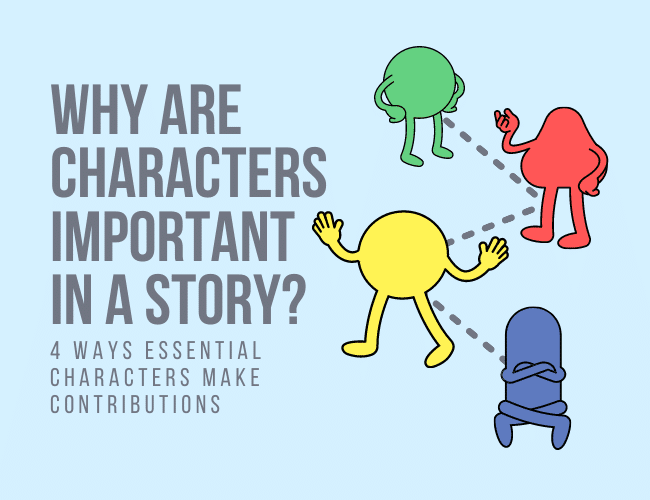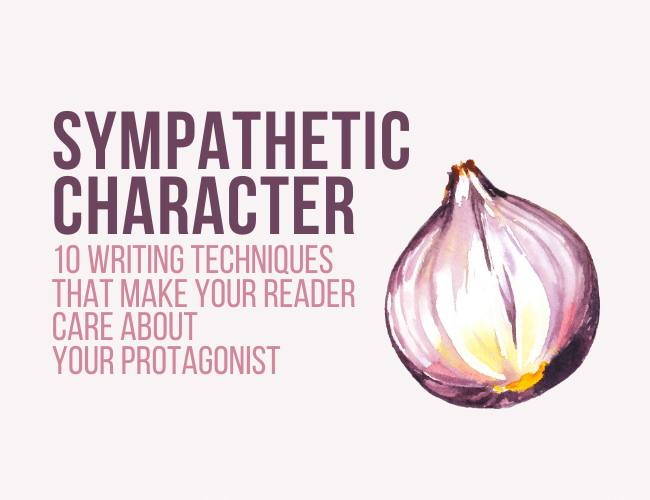
by Joe Bunting |
An antihero is a central character in a story who displays unheroic flaws or characteristics associated with villains, but who may garner more empathy and understanding as they can appear more human and relatable than traditional heroes.
Take a look at our list of over 75 antihero examples to see if you want to create one for your story today.

by J. D. Edwin |
As a writer, you know that a story can’t exist without characters. But have you ever wondered: “Why are characters important in a story?”
Perhaps you’ve questioned an even tougher problem: “When is a character important enough to keep in a story, and when does the narrative work better without them?”
In order for a side character—or any character—to matter in a story, they have to work as an essential character that impacts the protagonist, plot, setting, or another important aspect that shapes or moves a story forward.
In this article, you’ll learn four ways that determine if (1) the character is essential, and (2) how they contribute to a story. You’ll also learn the major types of characters and ways to determine if—for the characters who don’t qualify as essential—you’re better off revising their role, or cutting them from the plot.

by Joe Bunting |
Love stories appear everywhere in the films we watch, books we read, and shows we binge. From romance novels and romantic comedies to ninety percent of subplots and even family dramas, love stories are the most common type of story.
Which is all to say, if you want to be a creative writer, you probably need to learn how to write love stories.
In this guide, we’re going to explore love stories of all kinds, from the ones that end “happily ever after” to tragic love stories and even stories that don’t look like love stories but actually are. We’ll talk about the elements of love stories, their structure and arcs, the best love story examples to study, and finally how to actually write a love story of your own.

by Joslyn Chase |
Recall a time you made an effort to get someone to like you. Did you try to get them to relate to you, or want to spend more time with you? It’s kind of the same way with the main character in your book. Readers finish books when they care about what happens to the protagonist. To accomplish this, you need to craft a sympathetic character.
When you write a book, you’re asking readers to invite your character into their homes, their hangouts, their lives. It’s important to create a protagonist your reader wants to spend time with and that they care about enough to stick around to find out what happens to them.
Without that vital concern, suspense cannot be sustained. And without suspense, the reader will lose interest in your story. I talked about this in depth in my post on suspense.
Today, let’s talk about how to make your readers like—if not love—your characters so that you can sustain suspense in your book.

by Joe Bunting |
Characters are the heart of any story. There are plenty of methods out there to help your character development. But when it’s time to give your characters shape and definition, don’t waste time on extensive questionnaires that get you weighed down in details.

by David Safford |
In this story type, the hero and their comrades are attempting to thwart death in the face of an overwhelming physical obstacle, usually in the form of a figure of nature.
This isn’t to say that an adventure story can’t have a villain. However, the primary threats will always come in physical form, forcing the characters to dig deep and find the strength and resolve to endure.








